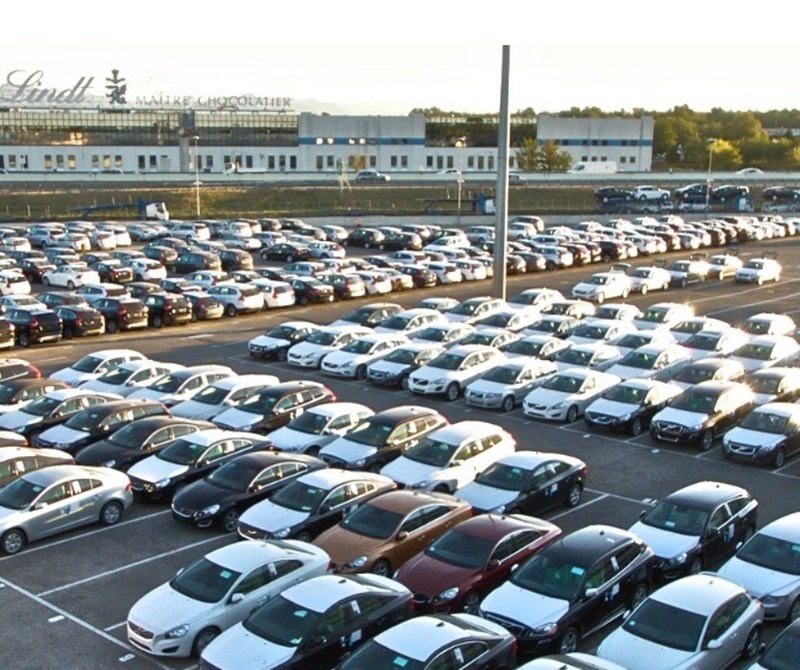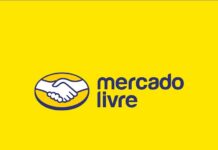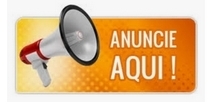Claire Swedberg
O importador de veículos Saturno Trasporti opera um movimentado pátio logístico no norte dThe vehicle importer Saturn Trasporti operates a busy logistical yard in northern Italy, where hundreds of cars move from one location to another daily in preparation for shipment to dealers. Last year, the company implemented a solution based on radiofrequency identification (RFID) from the Italian technology company TechSign. Since then, Saturn reports that it has improved its efficiency. The company now moves the vehicles faster through processing and passes to the vendors, while its staff spends less time looking for cars on the lot.
The solution consists of a cloud-based application and software, provided by TechSigno’s and Confidex. The scanning or reading of the tags links each vehicle to a specific parking place. The company also deployed the system at three satellite locations, using QR Codes instead of RFID.

Saturn manages new and finished vehicles received from manufacturers and transports them to dealers or buyers. It operates a fleet of approximately 200 trucks that transport new cars throughout the European Union and also transports vehicles by train. Its customers include Volvo, Ford, Volkswagen, Fiat Chrysler Automobiles (FCA) and Daimler.
Before the vehicles are sent to the dealerships, they are serviced at Saturn’s logistics centre, located 35 km north of Milan in the municipality of Cassano Magnago. There, up to 3,000 vehicles can be on site at any time, many of which undergo washing, tire changes or other services before being shipped. Normally, the company ships about 600 vehicles a day or 100,000 annually. The cars are stored in its main facility, which measures 60,000 square meters, as well as in three spaces rented by satellite.
Traditionally, vehicle locations are tracked by hand, says Andrea Meneghini, Saturn’s finance director. Each time a car was transported, yard operators manually wrote the last six digits of their VIN on a paper ticket, along with the zone number and parking space. Several times a day, the workers would bring paper tickets to the office staff, who would then enter the new data.
“The big problem was the human factor,” says Meneghini. There was the potential for error, and that could have time-consuming consequences, he says, “because it took time to locate the vehicle. One example, says Loredana Lofrano, a key account manager at Saturn, is an error when inserting the zone for a car parking space. With 3,000 vehicles in the facility that look very similar, searching for a specific VIN can take minutes or hours. “Before the new system,” she says, “we didn’t have real-time vehicle positions.
TechSigno offers an intelligent parking solution consisting of its cloud-based software, handheld devices that serve as a barcode scanner and a UHF RFID reader and passive UHF RFID tags. The company started working with Saturn in 2018. For Saturn, the challenge was to find a consistent method to connect a specific car to a specific parking space, without requiring a large infrastructure installation and with limited staffing efforts. “We wanted to reduce the human factor as much as possible,” says Lofrano.
Because each vehicle already comes with a sheet of paper printed with barcodes, the vehicle management company wanted to leverage this information instead of adding another RFID tag (or some other tag) to each car. Saturn and TechSigno chose to develop the system to use the barcode information from the manufacturer’s vehicle documentation. Because there are several barcodes in this documentation, TechSigno designed the software to recognize only one specific barcode on each sheet to prevent incorrect barcodes from being scanned.
TechSigno worked with Confidex to identify a UHF RFID tag robust enough to be passed and sustain extreme weather conditions, as tags are exposed to weather all year round, with cars, vans and trucks often passing through them. The companies selected the Confidex Ironside Classic UHF tag, a pressure-resistant tag that is bolted to the asphalt at each parking space, next to the stamped space number.
The Ironside label is designed to be robust and offer an IP98 rating and to be mounted on metal or other challenging surfaces by means of screws, rivets or industrial adhesive. It comes with a read range of 3 to 4 meters (9.8 to 13.1 feet) outside of the metal, and the solution is designed so that a label can be read when an individual is stationary in a parking lot, without scattered readings being captured from the label in neighboring spaces. TechSigno chose a UHF RFID UHF RFID reader terminal based on Chainway Information Technology capable of reading RFID and 2D barcodes, with a built-in camera to photograph license plates or document problems with a vehicle. Data is sent to the back-end system via the company’s Wi-Fi network.
When starting a shift, an operator scans a QR Code on his badge using the handheld Chainway device. This associates the device with the specific operator, says Lofrano. So every time the worker receives or moves a new vehicle in the parking lot, he or she can use the handheld to scan the bar code in the vehicle’s documentation and read the UHF RFID tag installed in the parking lot. If the employee notices an exception or needs to provide additional data about a car and its condition, he or she can enter this information or take a photo using the handheld computer.
The device forwards the data via a Wi-Fi connection to the server-based software, which displays the location of the vehicle, along with who placed it there and when it occurred. With this information, office staff or operators can view the location of each car when it needs to be accessed. The information can be updated frequently as vehicles go through maintenance. “They can move the tags 10 times a day,” says Lofrano, “and we can check in real time to see if everything is okay at the plant. That’s useful, because you have the real situation with the real position”.
In addition, the company operates three external sites to store excess vehicles. As these are rental sites, the company was unable to install RFID tags in each parking lot. Therefore, as an alternative, it posted QR Codes in each space, which can be scanned, along with the vehicle’s bar code, to create its connection in the software.
TechSigno developed the on-site software for use with the application to put location data in the hands of operators walking around the yard with a mobile device, according to Luca Defend, TechSigno’s business development manager. The company’s software filters the data to ensure that only the nearest tag ID is captured and stored, avoiding scattered readings. Since the system was launched last summer, reports Lofrano, the company has not yet lost control of a vehicle’s position. This has resulted in less time that workers physically waste looking for the space where a particular car was last parked. The system has also helped reduce working time for employees and office operators, she adds.
Regarding the labels used on the Saturn site, the Ironside family is optimized for returnable metal transit items and industrial assets that face varying weather conditions and improper handling, according to Paul Broekhuizen, executive vice president of Confidex Smart Industries. The material on the thermoplastic rubber surface of the labels, he adds, “ensures that mechanical blows do not leave a mark on the label.



















